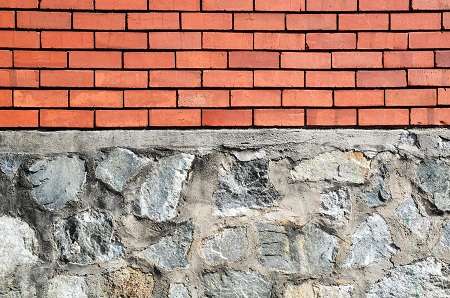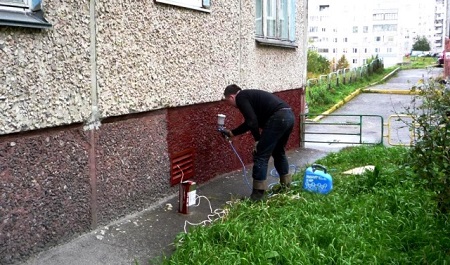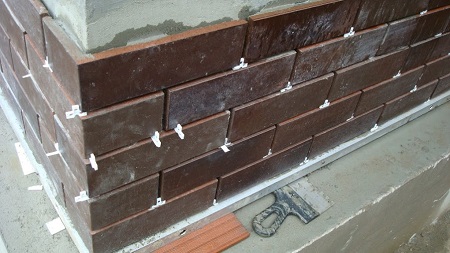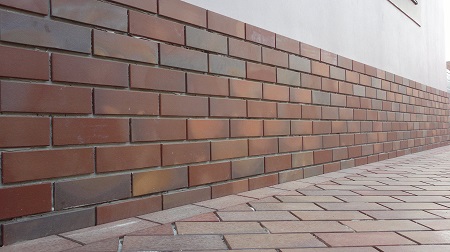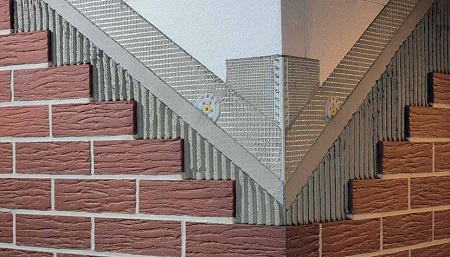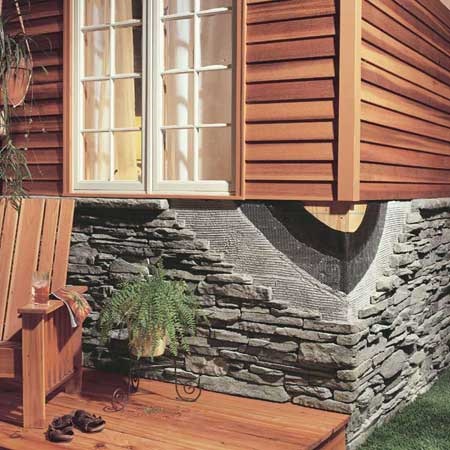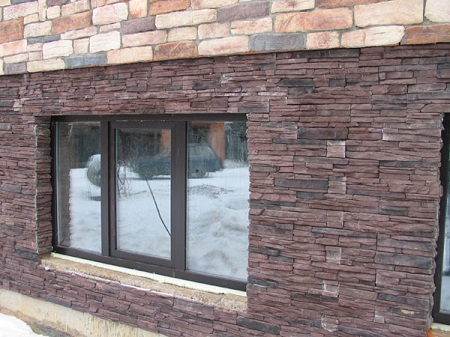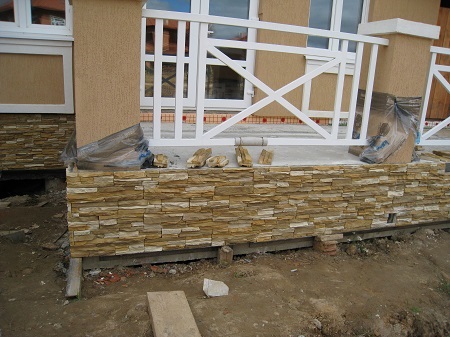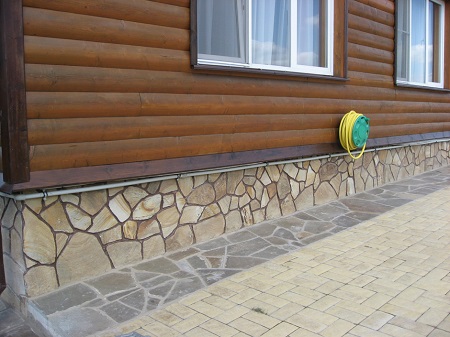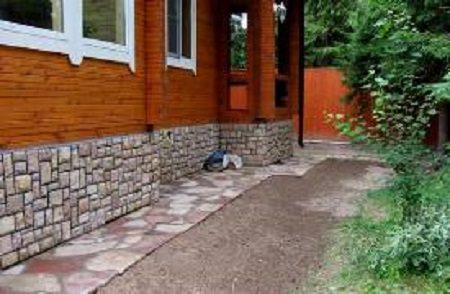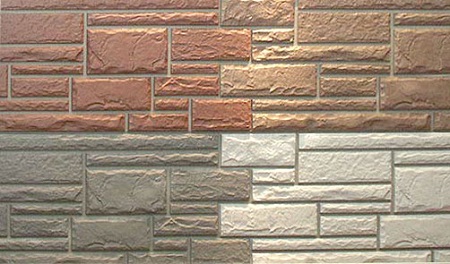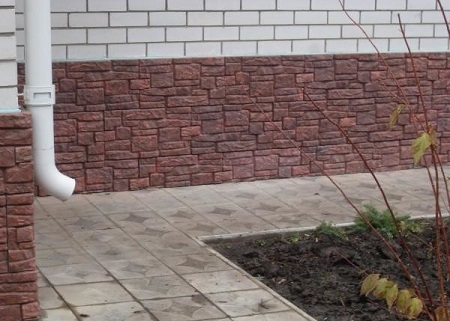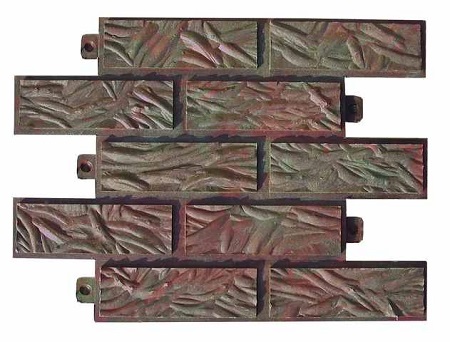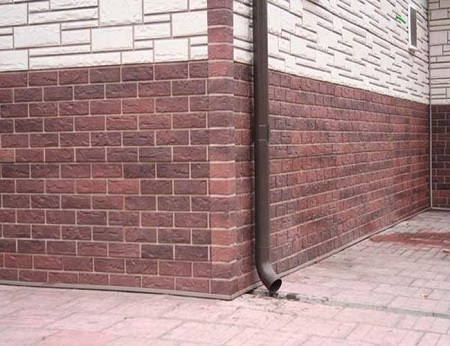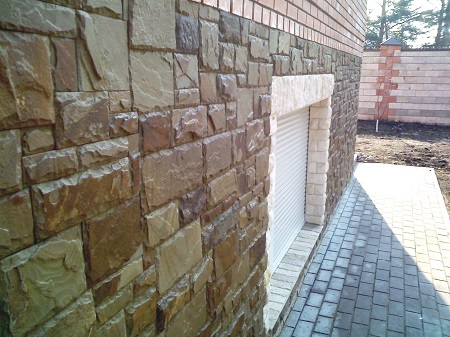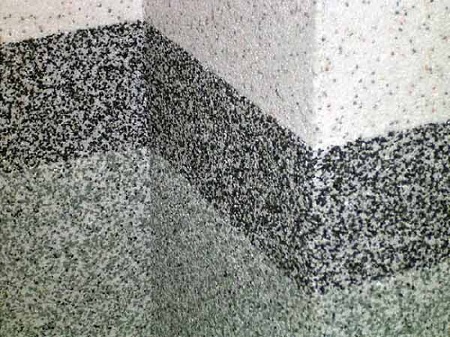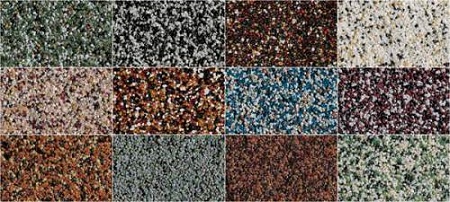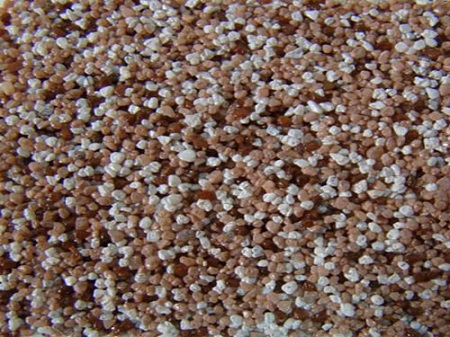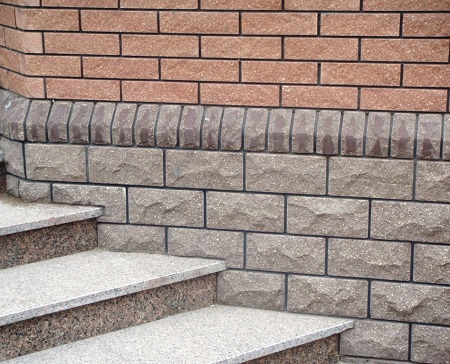The socle is called the lowest part of the facade. Its direct purpose is to protect the facade from damage of various kinds. The plinth is made of materials with a long service life. The choice of socle materials should be approached carefully, because besides the protection, the basement part will serve as a fragment of the external decor and a barrier to moisture penetration. Usually the height of the socle is adjusted to the floor level of the first floor. In order for the basement to fully perform its protective functions, its height should be at least 20 cm. Only in this case it can be expected that the façade part will be protected from smearing during heavy rain. There are a lot of options for finishing the socle. Among enough and those that can be performed with own hands possessing only elementary skills.
Content
- 1 Finishing the base of the house preparatory works
- 2 Finishing with clinker tiles
- 3 Finishing the plinth with stone tiles
- 4 Materials of the lining of the cap on the example of polymeric sand tiles
- 5 Socle of artificial stone
- 6 Tiles made on the basis of resins
- 7 Facing from PVC panels
- 8 Finishing plinth of mosaic plaster
- 9 Facing the base of the house - what material is better
Finishing the base of the house preparatory works
Before you begin finishing the plinth, you need to carefully check the strength and evenness of the base, and then remove from it fragments of dust and dirt. A variety of uneven fragments (notches or protuberances) exceeding 5 mm must necessarily be eliminated. The recesses are sealed with cement mortar, the bulges are worn off with sandpaper or are knocked down by construction tools.
A layer of water-based primer is applied to the surface. Especially this layer is necessary in cases when the base absorbs moisture too much or forms dust and small debris. The layer will greatly reduce the ability of the substrate to absorb moisture. It, in turn, stops the excessive absorption of liquid from the plaster or glue solution, which are used during the cladding process.
Materials with a special porous structure, for example an artificial stone, are preliminarily treated with a water repellent agent. Such a composition will significantly reduce water absorption and increase the ability to repel pollution. In the sale of specialized stores there is a product suitable for pre-treatment - a hydrophobizer. Issue it in the form of a ready-made solution that does not have a pronounced color, the application of which occurs with a roller or brush.
Finishing with clinker tiles
The cladding of the plinth with clinker tiles looks exactly like clinker masonry. But there are differences: the tiles are much smaller in thickness and lighter in weight. The thickness of the tile can vary from 8 mm to 21 mm, the length and width are the same as for clinker bricks. In the sale there are also special fragments for performing work in the corners of the building, greatly simplifying the robots for finishing.
Before starting the installation, you need to determine the location from which the first row of tiles will begin to be laid. Determine it by making the following calculations: the height of the socle is divided by the width of the tiles + the width of the seam. Tiles must be glued to a special solution of frost and elastic glue. Apply it to both the tile and the surface to which it should be glued. Such a duplicated layer of glue will ensure the reliability of gluing. On the surface to be glued the composition is distributed approximately by 1 square meter. Approximately this area can be glued in half an hour. After the state of the solution has changed: it will become hard and lose its properties.
After a few days after laying the clinker tiles, the joints formed on the masonry are covered with a coating agent for the clinker. Since clinker material does not absorb and does not allow moisture, additional treatment with water-repellent compounds is not required.
Finishing the plinth with stone tiles
Facing the plinth with stone tiles will not be cheap, but the view will be stunning. Quite often for such work use sandstone or limestone, but the granite or marble base will look more catchy. Used tile sizes can be different: the size of a brick or much larger, the width of which coincides with the basement height. Stone tiles for decoration is characterized by its texture: rubble, granular, smooth polished or polished. The method of laying stone tiles is reminiscent of the method of laying clinker - the tile is alternately glued to the plinth with a special glue for the stone.
Specialists do not recommend the use of glue for other purposes, because the cladding may crack or begin to peel off. In order to achieve the integrity of the surface between small tiles make seams up to 5 mm. When using large, the seams can be either 3 mm or 10 to 20 mm, which will provide a clearly visible separation. The seams are filled with a grouting solution that will provide the necessary elasticity and protect against cracking in case of severe temperature changes. When sandstone or limestone is used, treatment with a hydrophobizing composition will be required.
At the stone lining of the cap the protrusion is formed. In any case, the cornice will have to be erected above it. Otherwise, with the advent of winter, it is not excluded the option of falling off the cladding.
Materials of the lining of the cap on the example of polymeric sand tiles
Tile for facing from a polymeric sandstone rather recently has arisen in the market of building materials. Often, it trim the exterior of buildings. This product has good recommendations as a material for the lining of the socle. It is made of composite materials. Visually, it resembles a figured or torn brickwork. This type of tile is not very heavy, which means that it can be used for lining even lightweight structures with low bearing capacity.
In addition, the polymer tile:
- is highly plastic, that is, the formation of cracks and chips can not be feared, endowed with high moisture resistance, it does not deform in the case of sharp changes in the temperature regime, so that it can be installed as finishes in areas with any climatic conditions.
Its fasteners are supposed to be screwed onto the screws. Installation must be made to the crate. Before the crate wall is insulated. Also the network option is mounting directly to the plane of the wall. Polymer socle surface does not require special methods of care. Polymers do not react to low temperatures and high humidity.
Socle of artificial stone
This finish will visually look like natural. In fact, everything will be made from concrete mass. The production of such an artificial material by adding chemical and organic fillers and additives gives a high degree of frost resistance. The dyes, mixed in the process of production, will provide the finished product with the color of the natural stone. Artificially executed stone can resemble both river or rock rock, and a ragged stone. Each of the specified materials is produced in different forms: not having a definite shape in size from 7 X 15 cm to 23 X 31 cm or standard regular outlines. Since the material can be purchased in different sizes, the repetition of the figure on one square meter can be excluded. The quality and attractiveness of the result will depend on how competently chosen the material is.
Before installation, it is necessary to familiarize yourself with the advice of the manufacturers regarding the composition for gluing. This material can be glued both to the usual composition and to the elastic. Filling seams produce a solution specifically designed for this. After the end of installation, the plinth surface is treated with a hydrophobizing compound. It will protect against the harmful effects of the environment and significantly increase the operational period. Such a substitute for natural material has a completely natural, natural appearance, the cost of the lining of the cap in this case will be much lower.
Tiles made on the basis of resins
Tiles can be made in such a way that it looks like clinker, and possibly - sandstone. Its thickness is no more than 3 mm. Characterized as a very flexible material. It is possible to make the finish of the arcuate overlap and, if necessary, bend when decorating the corners, it can easily be cut with scissors.
The installation of such a material can be made both on a plastered or concreted surface, and on a layer of laid insulation. Manufacturers produce resin tiles of nine different shades, while the surface can be both corrugated and smooth. The standard length of the tiles is 24 cm. Also available are tiles 36 cm long. They are used for gluing corners. Its width varies from 5.2 cm to 7.1 cm.
Before you start gluing such a tile, you need to designate the upper horizontal limit. And only then, starting with it to produce gluing. The glue is spread over the surface with a spatula with teeth. The process must start from the corner and synchronously glue the tile in four rows. Often, the seams formed do not fill with such a lining. In this case, as a fugue, there are surpluses of the applied glue. For a more elegant and natural type of joints, the glue that appears after gluing is evenly distributed with a moistened brush. The glued laying from resin tiles is carefully protected from moisture for three days. It is during this period that the adhesive composition will dry completely.
Facing from PVC panels
The use of PVC is an excellent option for those who do not want to do dirty work (the process of pasting, kneading mortar, applying plaster and so on). First of all, PVC has a small weight, which greatly facilitates self-installation. Secondly, it is quite suitable for use in exterior finishes, because it is not susceptible to changes in climatic conditions. PVC finishing can be done in different ways: it can resemble a mosaic plaster or a brick wall.
For the fastening of such panels, it is necessary to build metal or wooden lathing. After the crate is installed, the construction level is set and a profile is fixed at the bottom of the socle. The first panel will be leaning against it. Each fragment on the sides has ridges and grooves. With their help, fastening of neighboring fragments occurs. At the top, the socle ends with an overhead profile. Making an imitation of a brick, the top can be decorated with a roller (laying bricks so that only their smaller sides are seen). Angles (both external and internal) are masked with fragments specially designed for this purpose. The PVC base does not require additional treatment with a hydrophobizing mixture. For the design of the socle, you can buy small panels (40x18 cm) and large ones (60x18 cm, 120x18 cm), the color gamut of which is more than 40 colors.
Finishing plinth of mosaic plaster
The plaster composition of this kind includes grains of different diameters up to 3 mm. After the end of the application, they look like a colored mosaic. It also contains resin. This plaster has a high water vapor permeability and water resistance. Experts recommend that it should be used for the lining of the socle: in addition to the above-mentioned positive characteristics, it is not susceptible to severe frost and has a high degree of resistance to damage.
You can apply it to:
- smooth sand-limestone,
- gypsum,
- concrete,
- cement and other mineral bases.
It is not recommended to apply on plasters made for heat and plane saving, covered with artificial materials. The mosaic plaster is laid manually. Of the tools you will only need a stainless steel grater. Some manufacturers advise to carefully read the instructions for use and not to disregard advice intended for certain types: before using the mosaic mass, apply a backing layer of the plaster mixture. It will strengthen the adhesion to the base.
The mosaic mixture is applied with a layer, the thickness of which corresponds to the diameter of the seeds in it. Before the drying process is completed, it is spread with a grater. When applying and uncoating, the grater's movements must be directed in one direction. To reduce the visibility of joints, the work is done by a "wet on wet" method. The consumption per square meter is about 3-7 kg: it all depends on the diameter of the crumb that is included in the composition. For several days, the plastered plinth must be covered with a hydrophobizator, which protects it from UV rays, moisture and wind.
Facing the base of the house - what material is better
Having become acquainted with all the above-described options for facing and consulting with specialists, each owner has the right to decide which material will be most acceptable. Take into account when choosing your own criteria:
- climatic conditions, price policy, own financial capabilities.



